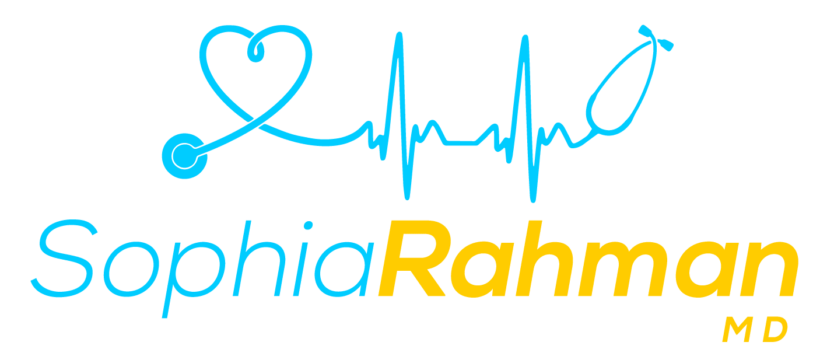Imagine a world where a consultation with your doctor is just a click away, no matter where you are. This reality is increasingly common thanks to telemedicine, a revolutionary approach transforming the healthcare landscape.
The telemedicine impact on healthcare is profound, offering accessible and efficient care, particularly in underserved areas. It represents a significant shift in how medical services are provided, making healthcare more accessible and convenient.
This introduction to telemedicine sets the stage for a deeper discussion on how it’s reshaping patient care and provider approaches, marking a new era in medical history.
The Growth of Telemedicine
The growth of telemedicine has been significantly accelerated by recent global health challenges, highlighting its critical role in modern healthcare.
This growth has underscored the benefits of telehealth and telemedicine, especially in making healthcare accessible in both urban and rural areas.
As the need for remote medical services increased, telemedicine became a vital solution, bridging the gap between patients and healthcare providers, ensuring continuous care while minimizing the risk of infection during health crises.
Advantages, Disadvantages and Challenges
Advantages:
- Improved Access: Patients gain access to specialists they would otherwise have to travel great distances to see.
- Cost and Time Efficiency: Reduces travel time and associated costs, making healthcare more affordable.
Disadvantages:
- Technological Challenges: Limited or unreliable internet connectivity can hinder the effectiveness of telemedicine services.
- Lack of Personal Interaction: Some patients and healthcare providers may miss the personal connection of in-person visits.
Challenges in Implementing Telemedicine:
- Infrastructure: Establishing reliable internet access in remote areas is crucial for telemedicine.
- Education and Training: Both healthcare providers and patients may need training to effectively use telemedicine platforms, highlighting challenges in implementing telemedicine.
These points highlight the advantages and disadvantages of telemedicine in rural areas and discuss the challenges in implementing telemedicine.
Telemedicine in Practice
Telemedicine has revolutionized services like annual wellness visit telemedicine and direct primary care telemedicine, making preventive care and continuous patient management more accessible.
These services allow for comprehensive health assessments and ongoing care management from the comfort of the patient’s home, improving patient engagement and outcomes.
Real-world impact is seen in case studies where patients with chronic conditions maintain better health through regular virtual visits, highlighting telemedicine’s effectiveness in ongoing health monitoring and management.
Future Directions
The future of telemedicine is likely to see significant growth fueled by technological advancements and policy changes.
We can anticipate improvements in AI diagnostics, greater integration with wearable health devices, and more comprehensive telemedicine platforms.
Additionally, policy reforms may provide better coverage and more streamlined regulations, further encouraging the adoption and expansion of telemedicine services globally.
Conclusion
The telemedicine impact on healthcare has significantly reshaped the medical landscape, offering enhanced accessibility and efficiency in patient care.
Telemedicine has reshaped healthcare, offering enhanced accessibility and efficiency. As we navigate this digital transition, embracing telemedicine’s potential becomes crucial.
Sophia Rahman MD exemplifies this innovation, integrating telemedicine effectively into patient care.
We encourage you to explore telemedicine options with Sophia Rahman MD to experience firsthand the benefits of modern healthcare. Schedule your consultation today and step into the future of medical care.
Disclaimer
The information provided in this blog is for educational purposes only and does not substitute for professional medical advice.
For personalized health advice and transitional care services, please consult with Sophia Rahman MD or another qualified healthcare provider.
